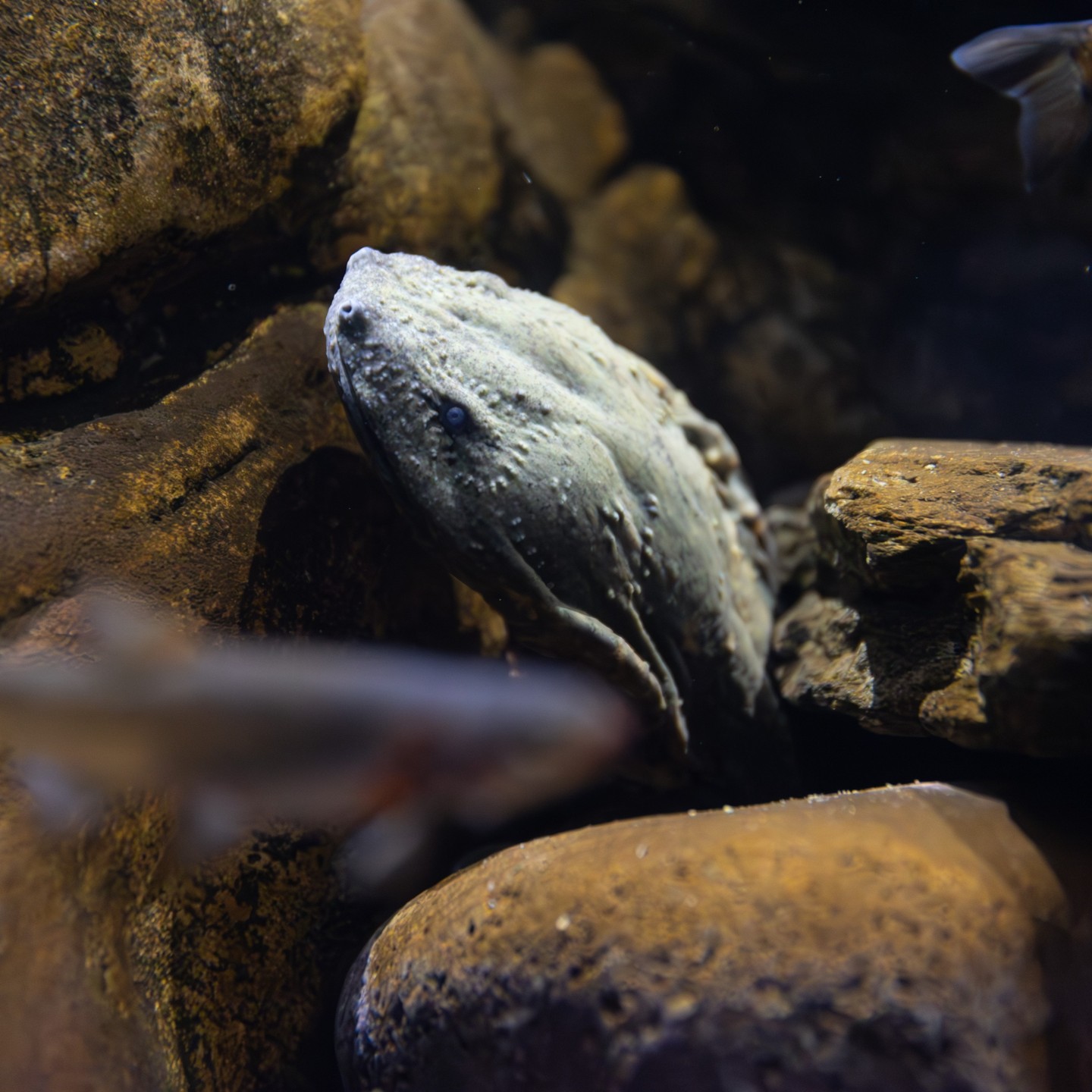- The importance of fecal analysis in animal health assessments.
- Methods used for analyzing poop, including visual examination and fecal float.
- Fecal cytology and its role in understanding animal health.
- The significance of these assessments in wildlife conservation and zoo management.
- Insights from the hellbender salamander and its habitat.
Fecal analysis plays a crucial role in the health management of animal residents in zoos and conservation centers. This often overlooked part of veterinary science offers a window into the well-being of animals, helping caregivers monitor health without invasive procedures. By examining poop, veterinarians can detect parasites, nutritional deficiencies, and overall gut health, establishing a baseline for each animal and identifying sudden changes that could signify disease.
A thorough fecal analysis typically begins with a visual inspection. This step can reveal abnormalities such as unusual colors, consistency, or the presence of foreign objects. Each of these signs might point to different health issues. For instance, a change in color could be indicative of dietary changes or internal bleeding, while consistency might relate to hydration levels or digestive disorders.
The fecal float is another key part of the analysis process. This method involves mixing the fecal sample with a solution that allows parasite eggs, like those from worms, to float to the surface. Detecting parasites early can prevent outbreaks within a zoo’s population and enable timely treatment of affected individuals. This is particularly vital as parasites not only affect the health of the host animal but can also impact the entire ecosystem if not addressed.
Cytology smears provide an in-depth look at the cellular composition of feces. By examining these smears under a microscope, specialists can identify cells and microorganisms in the sample. This layer of analysis aids in pinpointing infections, detecting inflammation, and understanding the microbiome of the animal, which plays a significant role in overall health.
Incorporating fecal analysis into regular health assessments supports wildlife conservation efforts. Routine checks help in early detection of diseases that could potentially spread to wild populations if not managed within captive environments. Additionally, understanding the dietary needs and health of individual animals can guide conservationists in reintroduction programs, fostering better survival rates in the wild.
The hellbender salamander, an iconic resident in some zoo exhibits, demonstrates the importance of habitat-specific health assessments. Native to specific aquatic environments, the hellbender’s health can be significantly influenced by water quality and prey availability, factors that are indirectly assessed through fecal examination. By maintaining optimal health conditions for this and similar species, zoos contribute to broader conservation objectives, sustaining diversity and ecological balance.
In conclusion, fecal analysis serves as an indispensable tool in zoo management and wildlife conservation. By uncovering vital health information from animal waste, zoos can enhance animal welfare and support conservation goals. This practice not only aids in immediate animal care but extends its benefits to larger ecological systems—fostering thriving, healthy populations within and beyond the confines of managed care facilities.
*****
Source Description
More Dropping Science for your Poos-Day: poop is actually pretty informative! For most of our animal residents, testing and assessing their bodily waste is a crucial part of the annual health assessment. A full fecal analysis usually includes a visual examination for abnormalities, a fecal float to screen for parasites, and cytology smears under a microscope to evaluate the poop’s composition. Want to learn more? Of course you do – check out more Dropping Science facts at the link in our bio!
Photo Description: Our hellbender salamander rests between rocks in its exhibit in our Coastal River Room.


